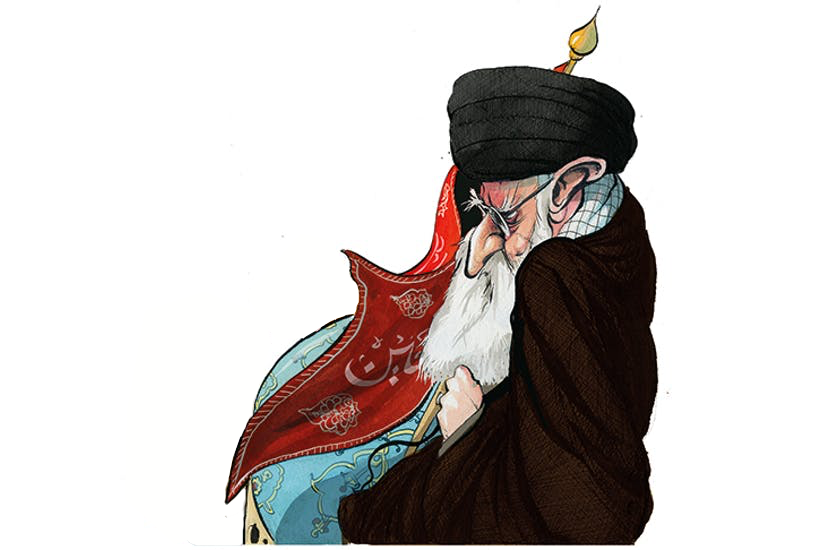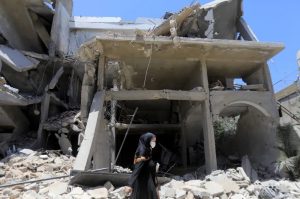The Iranian province of Khuzestan is oil-rich but water-poor. At the best of times, the southwestern region is a problem for Tehran. On the border with Iraq, it’s home to an Arab minority that has long been targeted. The province has separatist inclinations, which led to a failed uprising in 1979 and sees the occasional attack continue to this day. Unsurprisingly, it is not favored by central government. It’s impoverished and lacks many basic services; quality of life is poor.
Khuzestan is now in its sixth straight day of protests after water shortages in its major cities. Video footage filmed from protests reportedly shows tanks on fire after protestors set them alight as well as protesters blocking roads while riot police fire teargas into crowds and shots sound in the background.
Khuzestanis already had much to protest. Now throw in the worst drought for 50 years and then add in a touch of the Islamic Republic’s perennial mismanagement (here over water). Combine all of this with weeks of blackouts (a feature of modern Iranian life) and a COVID epidemic and then top it all off with the return of sanctions after the collapse of the nuclear deal. In Khuzestan, the extent of the Islamic Republic’s — serious and sustained — problems cannot be denied.
Protests over water have morphed into demands for regime change. Protesters now chant — in Arabic rather than Farsi — ‘We are thirsty’, ‘We want the regime to fall.’ Amnesty International confirmed to France 24 that at least two protesters have died. The number of people who have been injured remains unknown.
What makes these protests so worrying for the regime is that they continued a national trend that was only cut short by a pandemic which forced everyone indoors. It’s a perverse irony that — yet again — what was so damaging for the Iranian people proved a blessing for their sadistic rulers.
Protests have a particular piquancy in Iran. The Islamic Republic is a revolutionary state. The Shah fell for many reasons, but he reached the point of no return in September 1978 when the Iranian army shot dead around 100 protesters in Tehran and injured over 2,000 more. Known as Black Friday, it ended any hope of compromise between the regime and its opponents. Just a few months later, he was gone.
For years, the Islamic Republic seemed to have learnt these lessons. They intimated, they threatened, they tortured. They disappeared their opponents. They hounded them and even assassinated them, but they never, ever shot them in the streets. They were determined never to repeat the Shah’s mistake.
Until now. The latest wave of Iranian protests actually began in November 2019 when a 200 percent hike on fuel prices brought thousands to the street to call for the overthrow of the government. Protests spread to over 20 cities, leading the government to send its troops out to kill. The United States estimated that as many as 1,500 protesters died.
As we emerge from lockdown and worry about how to most effectively return to nightclubbing, Iranians once again brave live ammunition and paramilitary thugs to demand their basic rights. And things could get worse. On August 3, Ebrahim Raisi will be inaugurated as the Islamic Republic’s eighth president — and he is by far its most extreme. A judge at the heart of the 1988 massacre of Iranian prisoners, Raisi is not a man who dwells on issues like due process and human rights. If demonstrations need to be put down, then he is very much the man to do it.
But then so was the Shah — and we saw how that worked out. In truth, the future of the Islamic Republic is more uncertain than it has been for quite some time. Revolutionaries know how uprisings work. And they know how to put them down. But not always with the consequences that they intend.
This article was originally published on The Spectator’s UK website.





















